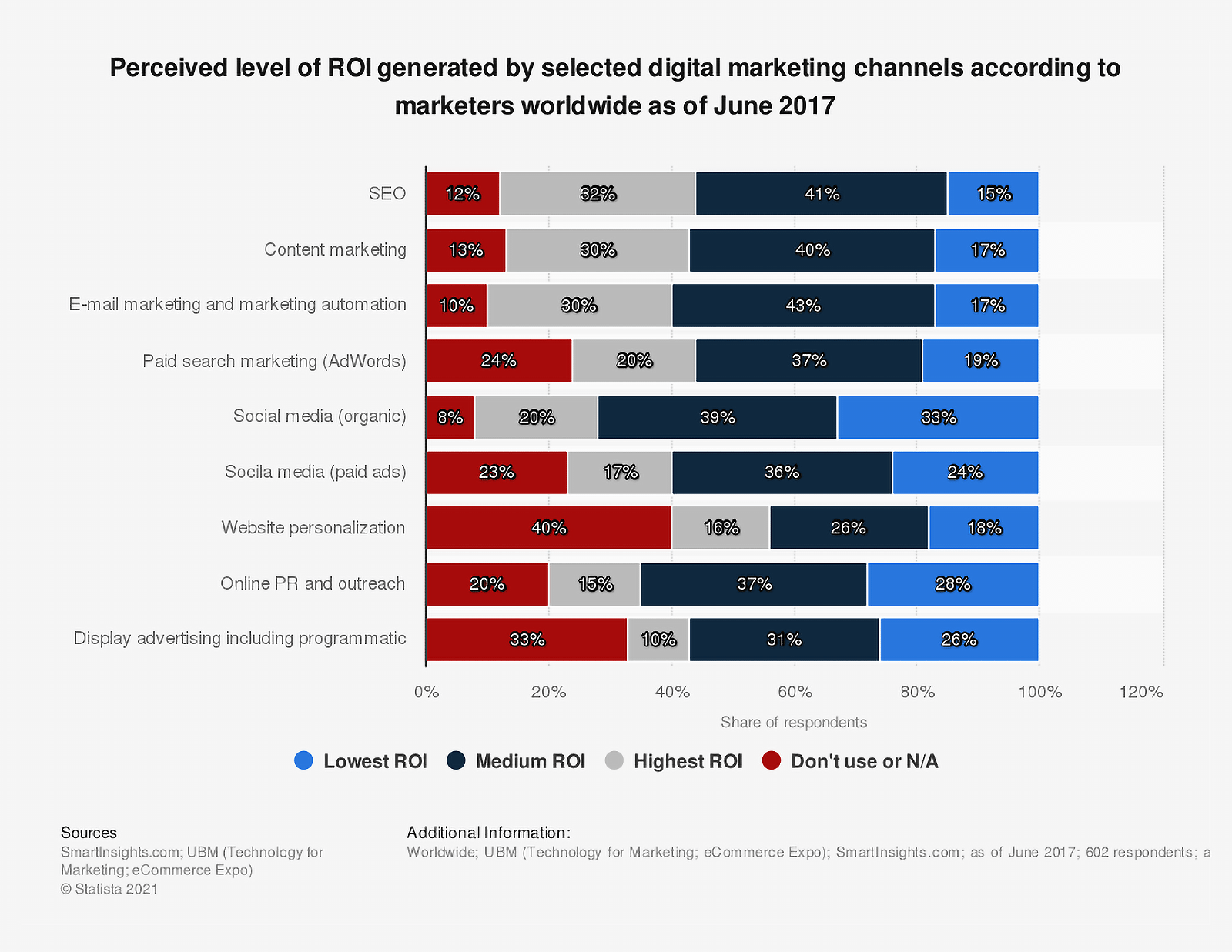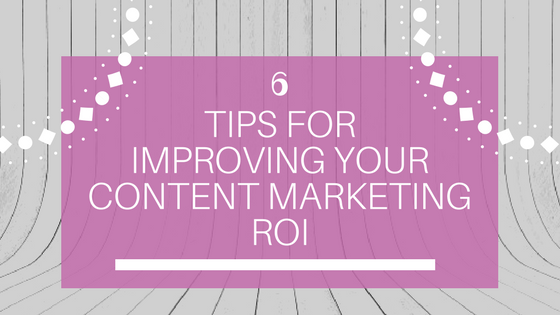
A native ad is displayed on the page alongside relevant content. A Dell advertisement might be displayed next to a Guinness Beer advertisement that suggests that oysters are better when paired with beer. You might see an advertisement for Guinness Beer next to an article that explains how oysters taste better when paired with beer. These examples prove how effective it can be to advertise products through content-related ads.
In-Feed units
Traditional banner ads may still be useful, but In-Feed units offer unique advertising opportunities. The units are integrated seamlessly on the publisher’s site and contain high-quality ads elements to increase users' engagement. In-Feed ads can include both video and static content. In-feed units, which are the main channel for monetization and amplifying content, will continue to gain popularity as brands invest more in content strategy.
Recently, the IAB's Native Advertising Playbook addressed the question of what makes a native ad unit. The most variations are found in native ads, according to the group. Marketers should be aware of the characteristics and how they can work with other elements on the page. Consider whether video ads should be placed with video content.
Custom content

Magazine publishers have been unsuccessful in convincing brands to create custom content in the past. It can be hard to convince brands to produce custom-made content with traditional advertising budgets that are split into digital and print parts. With new technologies, however, this problem is becoming less difficult. QR Codes are becoming more popular for brands to connect with agencies. And publishers are increasingly using QR Codes to create more engaging native content.
The general rule of thumb is that ads should be relevant to the content of a website. However, it can be more effective to create custom content for native ads. According to Stanford University, sponsored content is not a problem for consumers. Custom content can be trusted over traditional advertising. The Times, CNN, and other media outlets have since removed Dell sponsored articles. However, the experiment was a complete failure. Publishers should be careful not to use native ads for generic content. Instead, they should focus on custom content.
Programmatic advertising buying
In the digital advertising world, programmatic native ads are becoming a very popular trend. There are many businesses that invest in this method. Financial firms, media companies, retailers and other businesses were the most common spending categories in 2019. These include LendingTree (Amazon, Verizon, Procter & Gamble) and Procter & Gamble. Programmatic native advertising, regardless of your brand's specific goals, can prove to be an extremely effective strategy.
Programmatic native ads, unlike traditional ad formats are more likely than other formats to be seen and shared by their audience across all channels. Brands are able create targeted ads that respond to the needs and increase conversion rates. It is also highly effective for branding purposes, as it helps to establish your business as an authority in the industry. Programmatic native ads are a worthwhile investment. These are some examples that programmatic native ads can be a great option for you.
Placements

Native ads can be embedded in apps in a variety different ways. These ads can appear in slides, app walls or news feed placements. Native image ads are another type. They look like regular image ads but are placed to blend in with the rest of the site's content. However, these types of ads may not be the most effective for all companies.
Brands have to be able to build trusting relationships and meaningful relationships with their consumers. Relevant content and tailor-made content are more important than ever as privacy concerns have become a major concern for consumers. Native ads should not be forced or tone-deaf. It is important to establish trust early in the process with consumers so that they can trust the brand's message and brand.
FAQ
What are the benefits of content marketing?
The creation of high-quality, relevant content can be used to increase sales and lead generation. Content marketing provides an ongoing stream of original, fresh content that can be used for promotion of products and services. In addition, content marketing increases brand awareness and trust among potential customers. Finally, content marketing creates a positive image for your company.
What is Content marketing?
This is a strategy that creates valuable, relevant content for your website or blog. This content can be text, images, or infographics. It helps to keep customers interested and attract new ones.
What should I do to get started with content marketing?
Your audience is the first step. What are their needs? What are their needs and wants? How can you help them? Once you know who you're writing for, you can determine where to focus your efforts.
What's the difference between content creation and content marketing?
Content marketing is the idea of all great brands having the same message. They continually deliver useful information that people want or need.
Content marketers are experts in creating the right content to fit each channel and at different times.
They are also able to create a strategy for promotion and distribution.
In other words, they think strategically about what they do and why it matters.
This is the core skill required to be successful as a content marketer.
What are the content strategies for different topics?
Content strategy can be described as a broad term that covers all aspects of creating, managing, distributing, measuring, and optimizing content for digital channels. Content strategy is not just about what you post to social media sites, such as Facebook or Twitter, but also the content you choose for your website, blog, or other online properties.
Content strategy is important because it defines how you decide where you focus your time and effort, which content types you should use, and what type of messages you send to your audiences.
It's all about understanding how content fits into your overall business goals and objectives in order to help achieve them.
Statistics
- To further show the importance of this, 89% of people have stopped doing business with a company because of a poor experience. (neilpatel.com)
- Forty-seven percent of buyers view 3 to 5 pieces of content before engaging with a sales representative. (mailchimp.com)
- We found that 40% of businesses don't have a documented strategy yet. (semrush.com)
- According to the Content Marketing Institute, 70% of B2B marketers and 86% of B2C marketers surveyed use content marketing in some form or other. (criteo.com)
- According to our research, 65% of companies with very successful content marketing in 2021 ran content audits at least twice a year. (semrush.com)
- This marketing strategy landed Ford a 15.4% conversion rate. (neilpatel.com)
- According to research compiled by Coschedule: Companies that publish 16+ blog posts a month get as much as 3.5x as much traffic as those that publish 0-4 posts a month. (criteo.com)
- In fact, would pay more for a better customer experience, and 86% of B2B buyers would pay more. (neilpatel.com)
External Links
How To
How to create amazing images
Images can help you make your content standout among the rest. Images are one way to communicate ideas visually. They are effective at drawing attention and increasing engagement. They make complex concepts easy to understand and can also be useful in highlighting key points in written content (e.g. blog posts, social media updates etc.). ).
Images are a great way to bring life and energy into a piece of writing. However, if you don’t know what to do with the image you choose, your results could be less impressive. This post will look at tips for choosing the best images for your next project.
-
You need to know what makes an image look good. Before you look at photos, there's a lot you need to know. You want images that are concise and clear. A messy photo won't do the trick. It will not grab attention like a simple, clear image. Images that don't show people smiling or looking directly at the camera are also not recommended. It gives off the impression that your message is not very interesting. It's important to make sure that the image doesn’t distract you from the main message. If it draws too much attention away from the content, then it's probably not ideal.
-
Seek inspiration. After you have a list with potential candidates, it's now time to go through them all and pick the ones that appeal to your heart. First, take a look at the captions. You will see that some photographers include them in the image, while others separate them. It doesn't matter what, you need to verify that the caption is engaging enough to read. Also, pay close attention to the context of the photo. Are you expecting to see someone having fun in this photo? It might be a dangerous place. It might be a place that you would not normally associate with happiness. Whatever the reason you like the picture, think about what it means for the overall message that you want to send.
-
Different types of images can be tested. Use images in your content for the best results. For example, if you're writing about a particular product, you may want to show an image of the item in action. You might also want to include an image of the infographic you have. These kinds of visual aids will help draw readers closer to your information, as they'll feel more connected to what you're sharing.
-
Use the right file format. When choosing images, the first thing to do is to choose the right file format. There are two file types that you can choose from when working on web pages: JPEG or GIF. Both of these file formats are great, but each has advantages and disadvantages. JPEG files work well with all media, even websites and social media posts. They are particularly useful for photos as they allow you to store large files in a very small area. GIFs can become blurred over time due to their loss of quality. GIFs are smaller than JPEGs, so they're better suited to graphics and animation. GIFs don't allow transparency which makes them unsuitable for photo editing.
-
Add other visuals. It's a good idea to add visuals to your content if it is difficult to think of images. Your post's effectiveness can be greatly improved by providing a distraction-free environment. This means they're less likely to click out of the page while reading your article. Infographics are a great way to add visuals to your website. Infographics are a popular way to quickly share lots of information. They are also great for adding visuals to your blog posts.